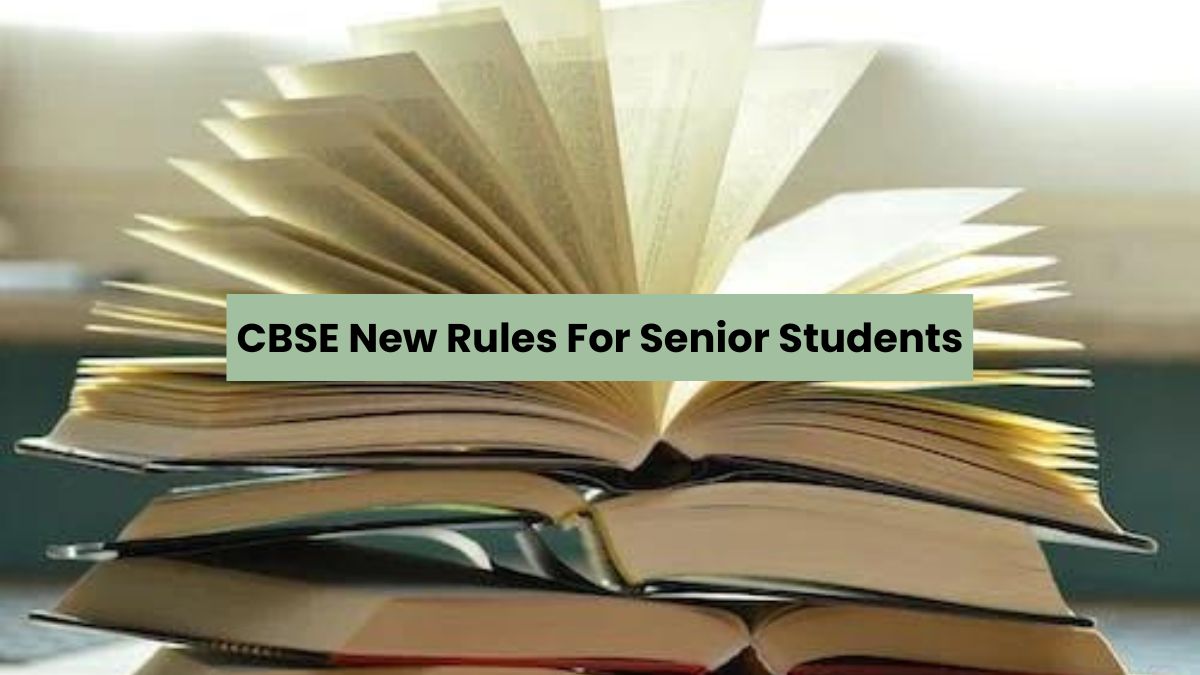CBSE’s New Proposal: The Central Board of Secondary Education (CBSE) has suggested significant changes to the academic structure for class 10 and class 12 students. According to reports, the board has proposed a transition from studying two languages to three in Class 10, with the stipulation that at least two of these languages must be native to India.
CBSE has also proposed a change in the passing criteria for class 10 students. The board has suggested increasing the number of passing subjects from 5 to 10 subjects. Similarly, for class 12 students, the board suggested including two languages instead of one of which at least one must be native. The higher secondary students would be required to pass in 6 subjects instead of 5 subjects.
CBSE Aims To Create Academic Equivalency
The modifications proposed by CBSE are part of the board’s larger aim to establish a national credit framework in school education. This framework seeks to create academic equivalency between general education and vocational education under the National Education Policy 2020. The alterations will allow smooth transitions between the two educational systems.
According to reports, the present school curriculum lacks an organised credit system. With the help of such alterations, the board envisions a complete academic year consisting of 1200 notional learning hours or 40 credits.
What Is Notional Learning?
Notional learning refers to the estimated time required for a typical learner/student to achieve particular learning objectives. Students need to complete 1200 study hours in a year holistically covering each topic. The allotted time includes academic and non-academic learning.
The learning objectives and credit requirements for each subject have been included in the curriculum framework as a result of notion learning. The Academic Bank of Credits will digitally record the credits that students have earned. The bank can be accessed through a linked Digilocker account. According to the framework, these credits will be independent of the grades that students receive.

Comments
All Comments (0)
Join the conversation